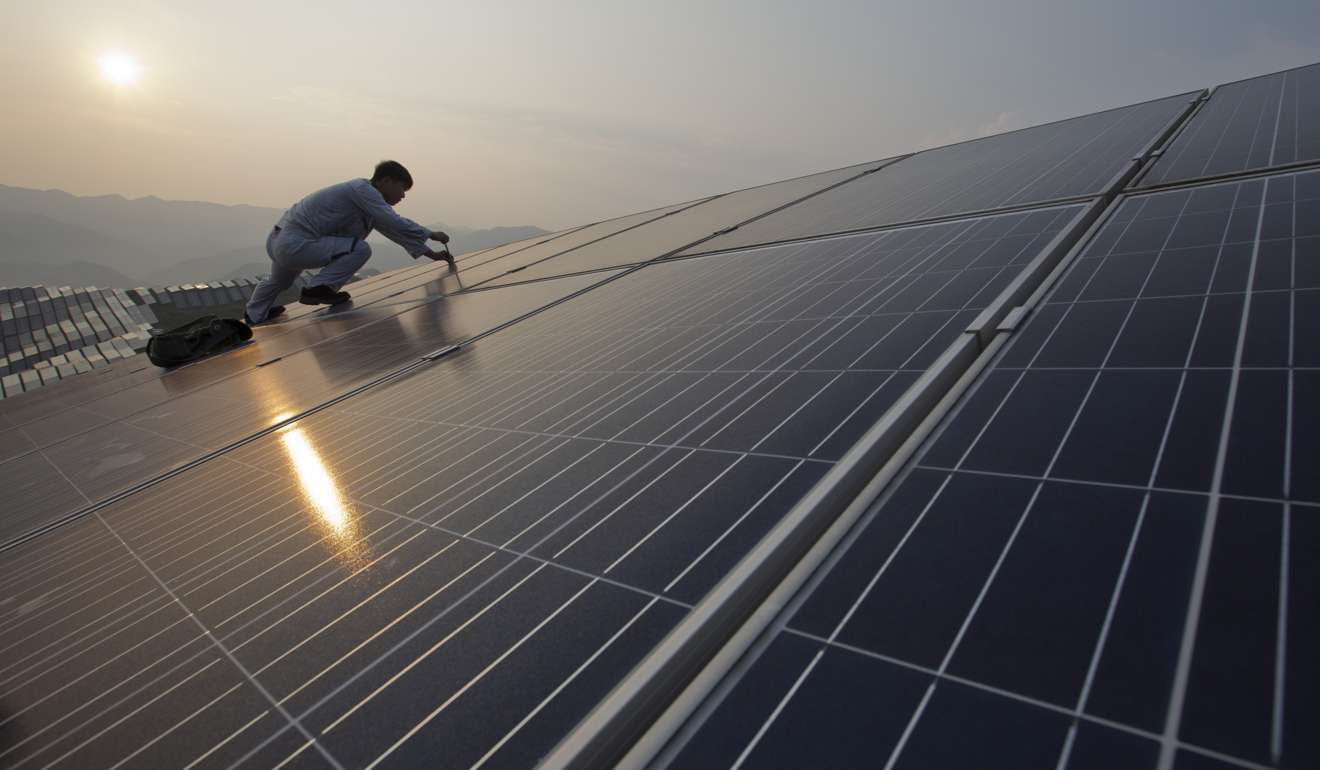
Two key indicators point to growing stability in China’s economy
Industrial output up more than 6 per cent in first two months, while service sector rose more than 8 per cent, statistics chief says ahead of release of official figures

China’s industrial output for the first two months of the year grew by more than 6 per cent, the statistics bureau chief said on Sunday, in the latest sign that the economy is stabilising.
“January-February industrial output rose above 6 per cent and that of the service sector jumped more than 8 per cent,” National Bureau of Statistics chief Ning Jizhe said on the sidelines of the annual “two sessions” political gatherings in Beijing.
Ning was speaking ahead of the official release of the figures. The bureau is due to release major economic data and a breakdown of the figure for industrial production in the first two months of the year on Tuesday.
The figures Ning revealed for industrial and service outputs were higher than last year’s 6 per cent and 7.8 per cent growth respectively.
Output of most industrial products rose compared with the same period last year, the bureau chief added.
The quickened pace of growth, which suggests the economy is stabilising, will give Beijing more room to tackle its domestic problems and deal with potential external shocks.

“The economic stabilisation provides a good opportunity for China to defuse its financial risks,” Industrial Bank chief economist Lu Zhengwei said. “Actually, the money market rate climbed slightly from the fourth quarter of last year with the guidance of the central bank.”
Lu said the country’s economic rebound was in line with a global recovery, but warned of trade uncertainties. The US had refined anti-dumping or anti-subsidy investigations, he said.
“New investigations targeting Chinese products doubled in January, while all the sunset reviews that month ended in decisions to extend punitive tariffs,” he said.
Zhang Yiping, a macro analyst at China Merchants Securities in Shenzhen, said: “The stronger-than-expected economic performance at the start of this year was achieved upon reform measures and will, in return, reinforce the supply-side restructuring.”
China’s US dollar-dominated export value rose by 16.7 per cent in January and by 38.1 per cent in February, customs data showed.
Chinese Premier Li Keqiang said in his government work report delivered to the top legislature last week that Beijing planned to set this year’s economic growth target at “around 6.5 per cent” and vowed for “higher [growth] if possible in practice”.
Beijing has also pledged to implement a more proactive and effective fiscal policy this year, but monetary policy will be more prudent and neutral to prevent asset bubbles and financial risks.
Ning also said power generation rose 6.3 per cent year on year in the first two months, and freight volume was up 6.9 per cent. Railway cargo volume saw double-digit growth, he said.
And data released by People’s Bank of China, the central bank, indicated that new loans in January and February totalled 3.2 trillion yuan (US$463 billion), down 1.1 per cent from the same period last year.
Growth figures for power generation, rail freight volume and new loans make up the three indicators in the so-called Li Keqiang index, a measure of Chinese economic activity.
The index was coined by The Economist magazine after Li said in 2007 that when he was the Communist Party boss of Liaoning province he considered the three figures better indicators of the economy than official gross domestic product numbers.